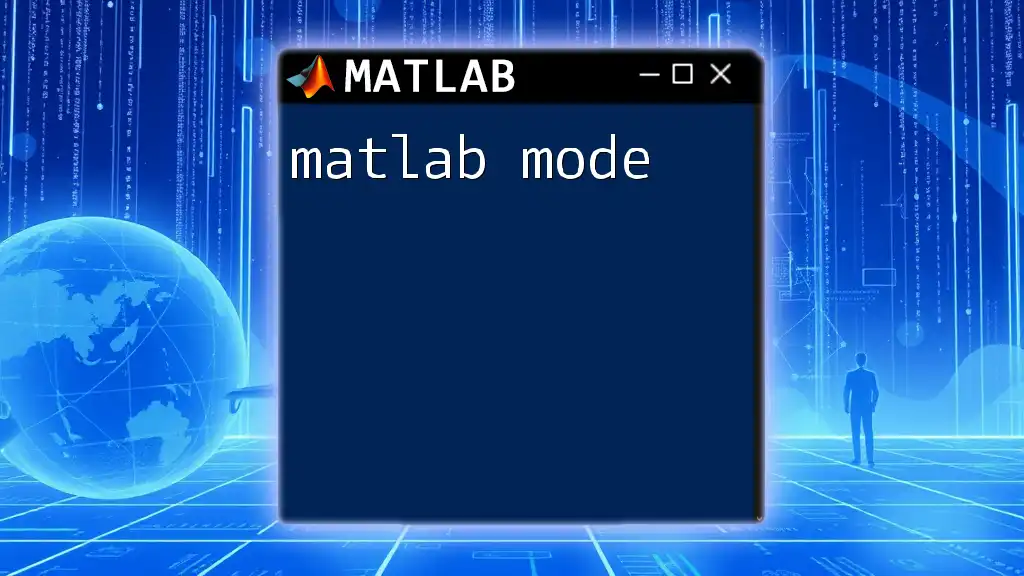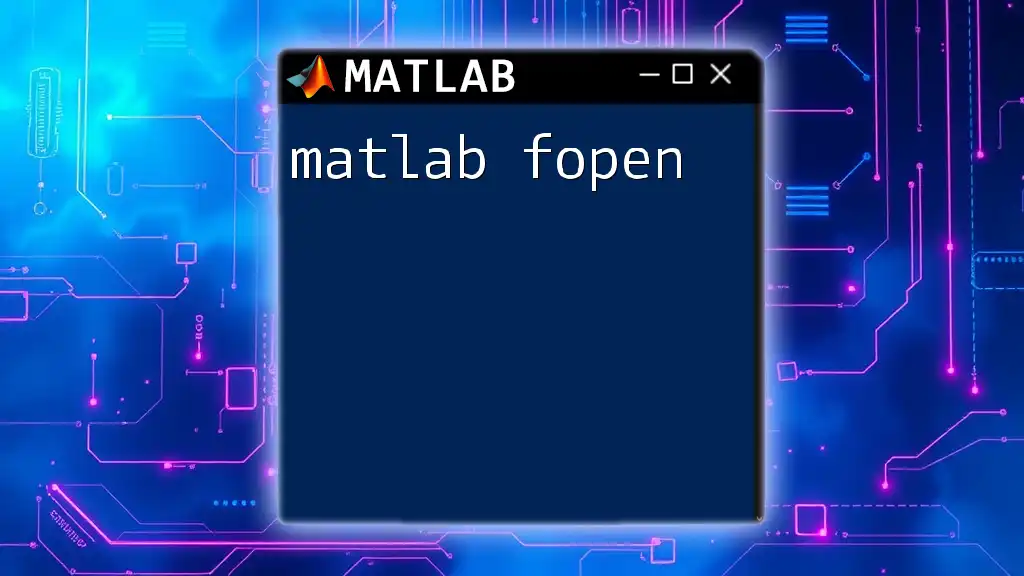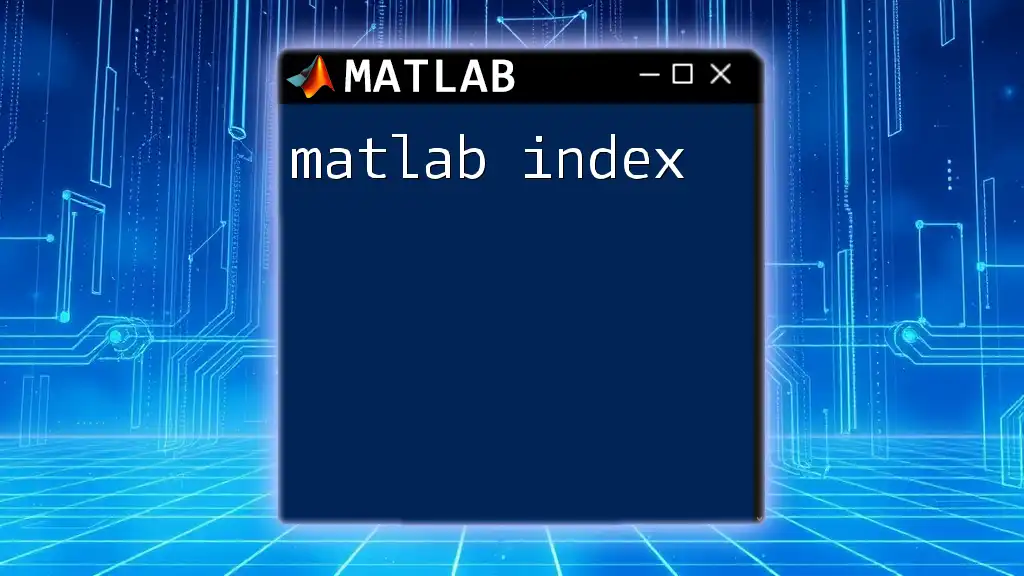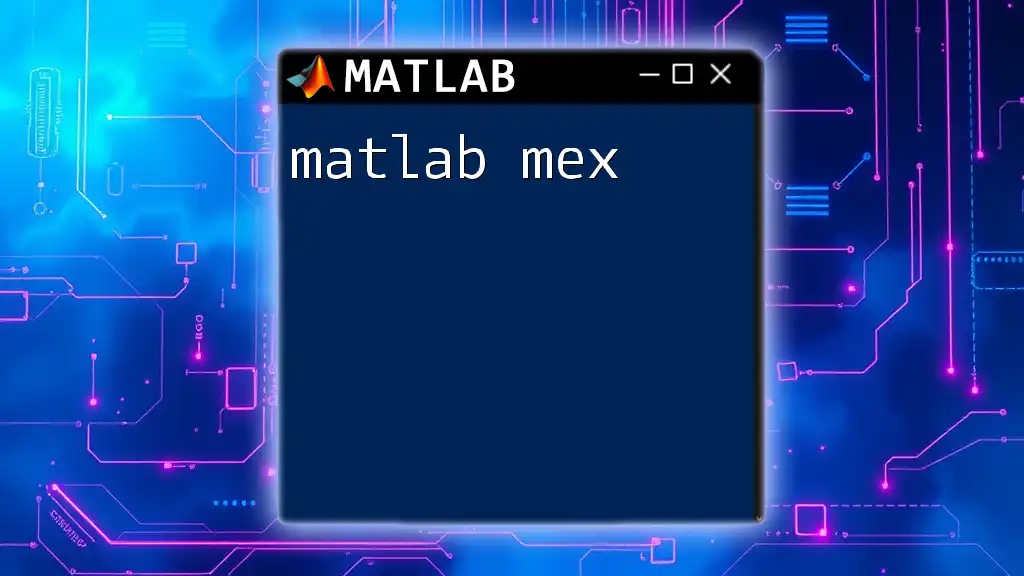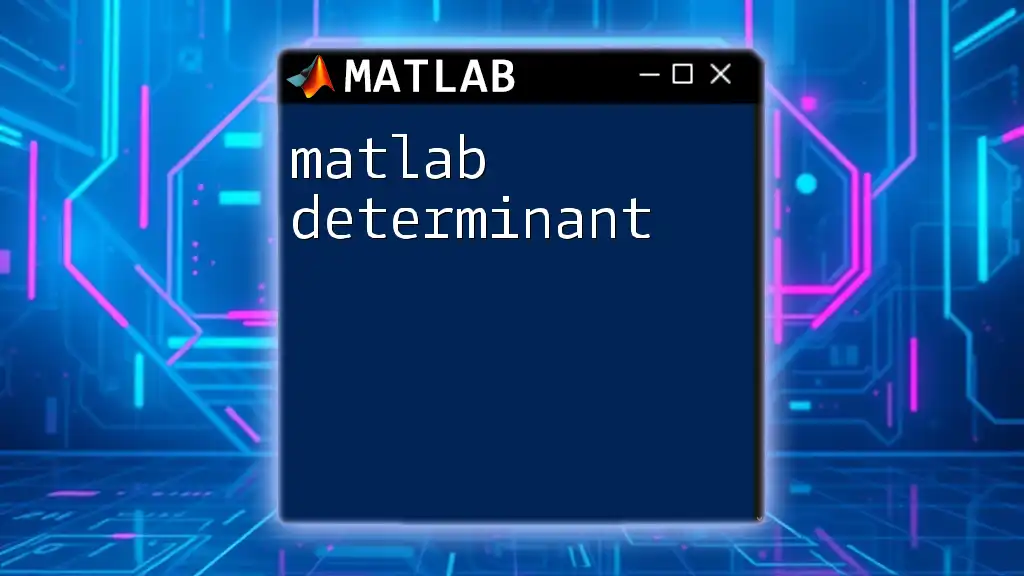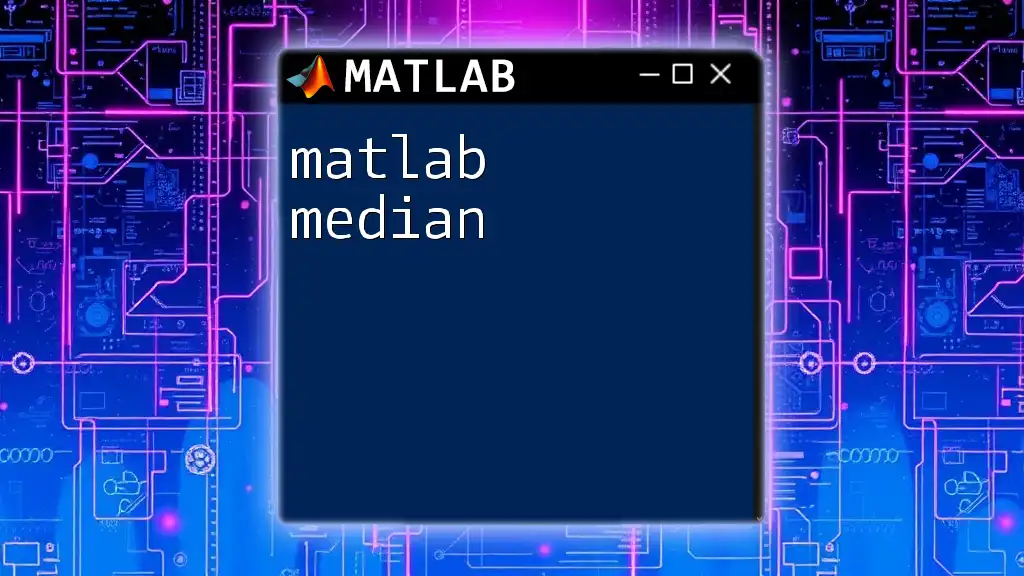In MATLAB, "mode" refers to a statistical function that returns the most frequently occurring value in an array or dataset.
Here's a code snippet demonstrating how to use the mode function:
data = [1, 2, 2, 3, 4, 4, 4, 5]; % Example data array
most_frequent_value = mode(data); % Calculate the mode
disp(most_frequent_value); % Display the result
Understanding MATLAB Modes
What are MATLAB Modes?
MATLAB operates in different modes, each designed for specific tasks. Familiarizing yourself with these modes can significantly enhance your efficiency and effectiveness when programming. The three primary modes you will encounter are the Command Window, Script Mode, and Function Mode, along with the more interactive Live Editor.
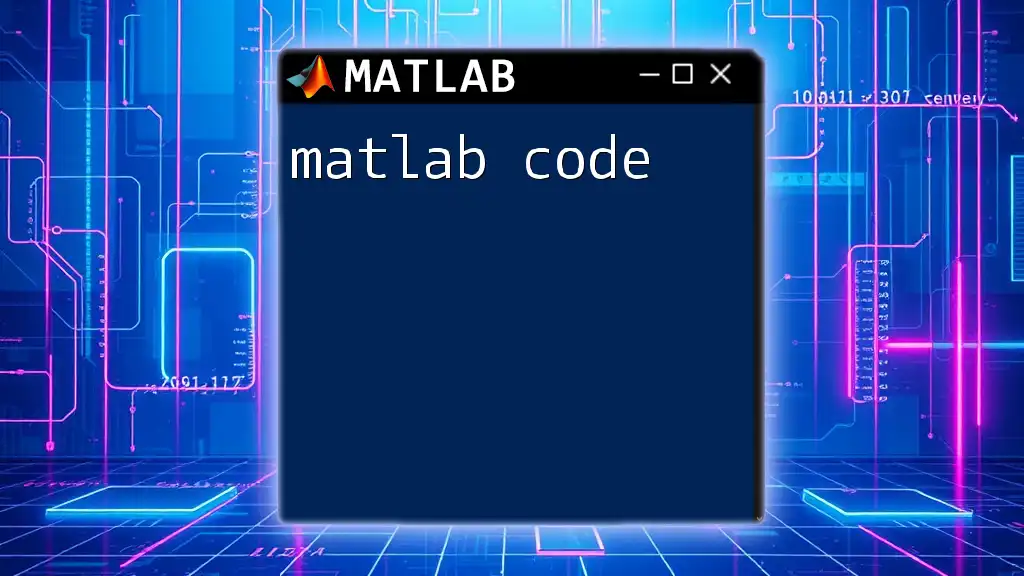
Command Window Mode
Overview of Command Window Mode
The Command Window is the heart of MATLAB's interface, where users can input commands directly. It is particularly powerful for quick calculations and testing small pieces of code without the need to save files.
Basic Features
In the Command Window, you can enter commands one at a time, receiving immediate output for each entry. For example, entering:
>> x = 10;
>> y = x^2;
will assign the value of 10 to `x`, and `y` will subsequently hold the value of 100 (the square of `x`). This immediate feedback loop is invaluable for debugging and quick calculations.
Use Cases
Command Window Mode is best suited for one-off calculations, exploratory programming, and testing small snippets of code. It’s also an effective way to troubleshoot larger scripts by isolating sections of code that may not work as intended.
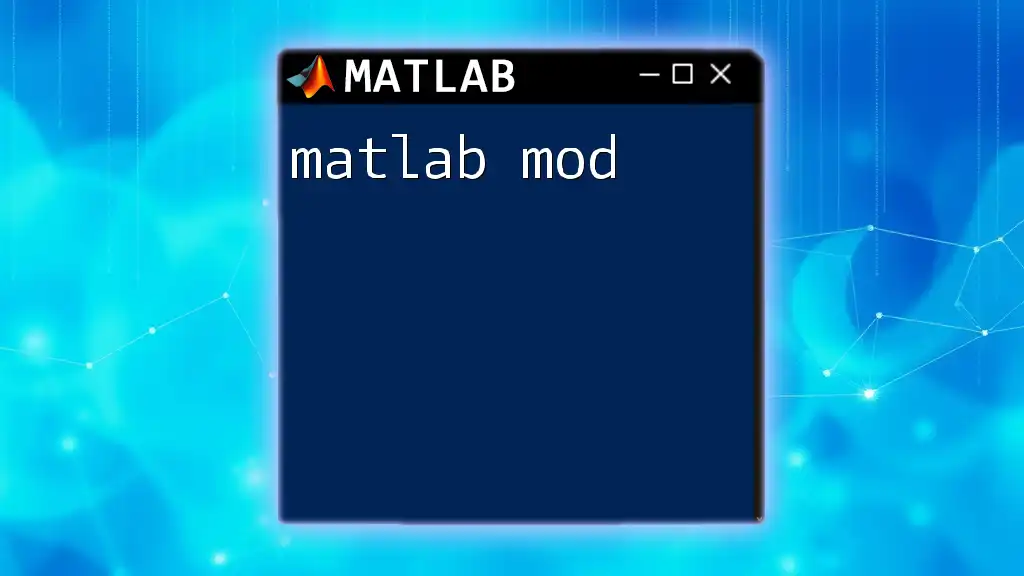
Script Mode
Understanding Script Mode
Script Mode allows for the saving and execution of a series of MATLAB commands as a single file (.m file). This is especially useful for tasks that need to be repeated or for organizing code that is usually cumbersome in the Command Window.
Creating and Saving Scripts
To create a script, open a new script file in the MATLAB editor, write your commands, and save it with a `.m` extension. Here's an example of a simple script:
% MyScript.m
a = 5;
b = 10;
c = a + b;
disp(c);
When you run this script, `c` will be displayed as 15 in the command window.
Running Scripts
To execute a script, you can type the name of the script without the `.m` extension in the Command Window:
>> MyScript
Benefits of Using Script Mode
Script Mode is advantageous for complex algorithms, simulations, or when you need to run a sequence of commands multiple times. It also helps maintain organization in your code, making it easier to read and debug.
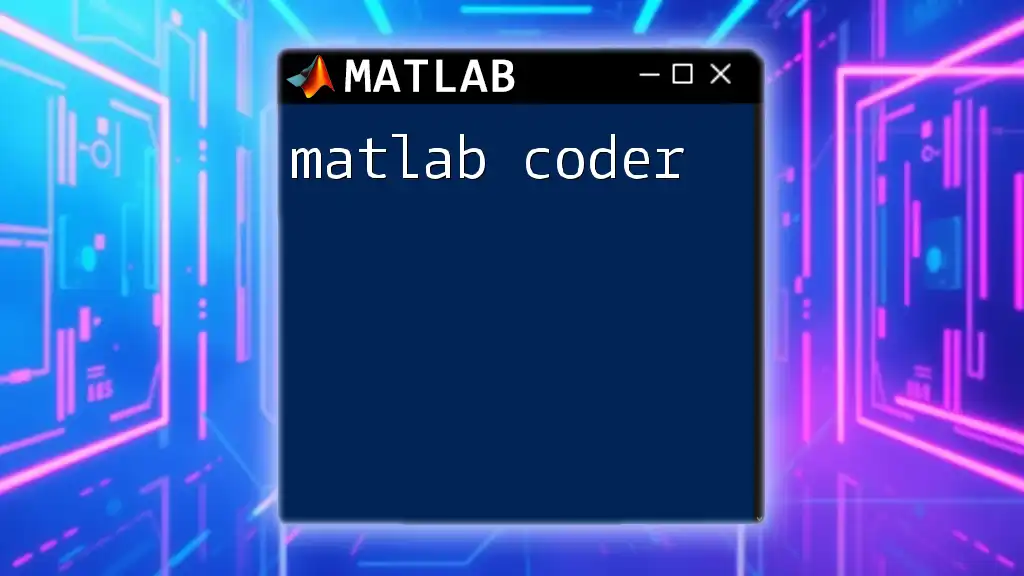
Function Mode
What is Function Mode?
Function Mode is specifically designed for creating reusable pieces of code, known as functions. Functions take inputs, process them, and return outputs, following a defined structure.
Creating Functions
To create a function in MATLAB, define it in a separate .m file. Here is an example of a simple function that adds two numbers:
function result = addNumbers(num1, num2)
result = num1 + num2;
end
Calling Functions
Once created, you can call this function directly from the Command Window or within scripts:
>> sum = addNumbers(3, 7);
Here, `sum` would be assigned the value of 10.
When to Use Function Mode
Function Mode is ideal when you encounter repetitive tasks or need a modular approach to your coding. Well-structured functions can dramatically improve code organization and reusability.

Live Editor
Introduction to the Live Editor
The Live Editor is a powerful interface that combines code execution with live output and formatted text, allowing for an enhanced interactive programming experience.
Creating Live Scripts
In the Live Editor, you can create live scripts that include text annotations alongside executable code. For example:
% Live Script Example
x = linspace(0, 2*pi, 100);
y = sin(x);
plot(x, y);
This example not only plots a sine wave but also allows for immediate visualization within the same document.
Advantages of Live Editor
The Live Editor's visual capabilities, such as plots and formatted equations, are particularly beneficial for documentation and presentations. It helps execute code and show results in real-time, making it easier for reviewing and understanding complex concepts.

Interactive Mode vs. Non-Interactive Mode
Differences Explained
MATLAB can operate in both interactive and non-interactive modes. In interactive mode, commands are executed one at a time, while non-interactive mode processes commands from files or scripts.
Pros and Cons
Interactive mode is great for rapid prototyping and testing, whereas non-interactive mode works best for running large batches of commands without user intervention.
Best Practices
Transitioning between modes can boost productivity. Use interactive mode for initial explorations and debugging, and switch to script or function mode for project organization and repeated execution.
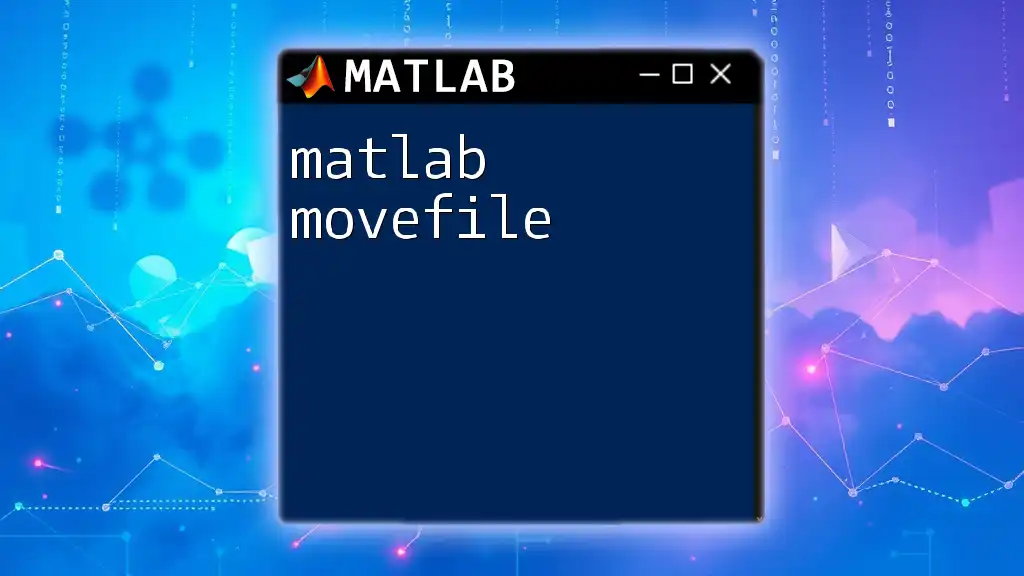
Tips for Efficient Mode Usage
Shortcuts and Keyboard Commands
Utilizing keyboard shortcuts can greatly speed up your programming. Familiarize yourself with commands like `Ctrl + R` to run scripts and `F5` to execute the current section in the Live Editor.
Debugging Techniques
When debugging, use breakpoints within your scripts to pause execution and inspect variables. This is particularly useful in both Script and Function Modes.
Code Optimization
Optimize your MATLAB code by avoiding loops when possible (vectorization is usually faster), using built-in functions, and managing memory effectively.

Conclusion
In summary, understanding the different MATLAB modes—Command Window, Script Mode, Function Mode, and Live Editor—can significantly enhance your workflow and productivity. Each mode serves its purpose, and by mastering them, you will be better prepared to tackle complex programming challenges in MATLAB efficiently.

Call to Action
If you're eager to deepen your understanding of MATLAB modes, we invite you to join our specialized tutorials. Whether you're a novice looking to get started or an experienced user aiming to refine your skills, there's always more to learn. Share your experiences with different MATLAB modes in the comments below and connect with fellow learners!

